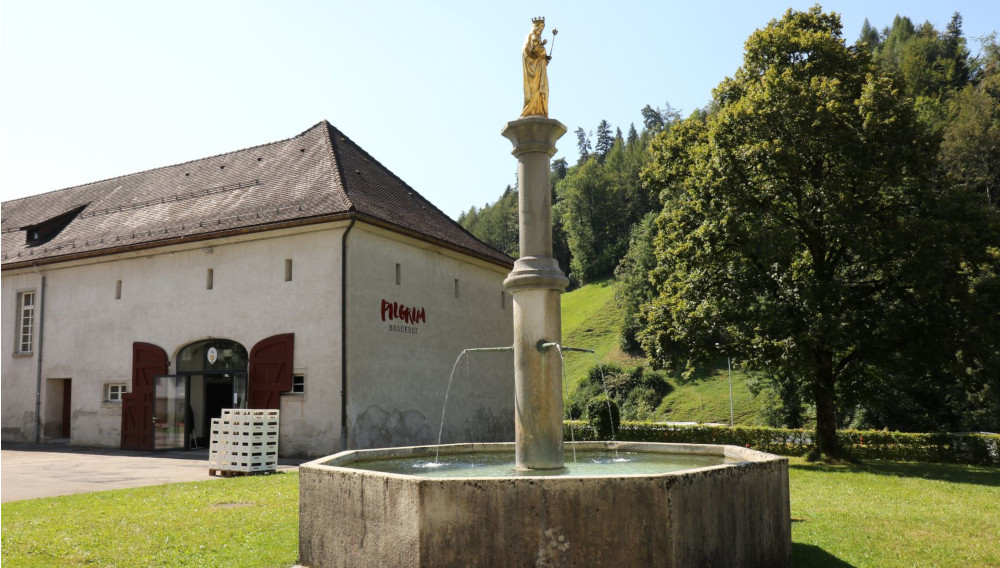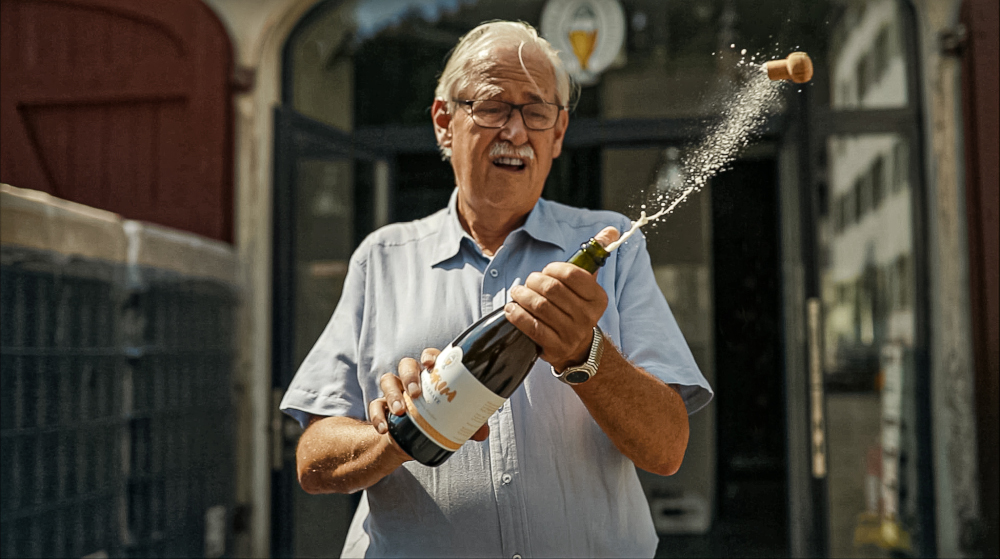Swiss craft brewer Pilgrim: a pilgrimage of sorts
Switzerland | With bars and restaurants closed during the coronavirus lockdown, Swiss brewers lost about 70 percent of their draught beer sales in the first half of 2020. As the on-premise represents about 40 percent of total beer sales and constitutes brewers’ major money-spinner, the loss must have been more than just painful.
Those with an online shop like craft brewer Pilgrim were less affected. “Our online beer sales saw a boost and tied the brewery over until restrictions were eased,” Martin Wartmann, the founder of Pilgrim brewery, said.
But even he is worried about the future of Switzerland’s 800 or so operating microbreweries (out of 1,100 that hold a brewing licence). Those without an online shop will suffer for as long as the pandemic continues and punters prove reluctant to visit taprooms and bars. Nearly all microbreweries rely exclusively on sales from their premises.
Ahead of the times
A well-known industry personality and a brewer by training, the sprightly 73-year-old Mr Wartmann has proven a deft hand at building beer brands. Travelling around the US when craft brewing was just taking off, he saw the appeal of brewpubs first hand and decided to open one himself in his hometown of Frauenfeld, north of Zürich.
Undeterred by his peers’ derision, he also launched an amber abbey beer, Ittinger, in 1982 because he wanted to take on imported Belgian beers with his own abbey-style interpretation. Having built the brand to national recognition, he sold it to Heineken in 2004.
Founding the craft brewer Pilgrim
Five years ago, and well into his official retirement, Mr Wartmann began to feel bored. As he admitted, he was pondering whether to take up playing golf (which he didn’t enjoy). Luckily some friends persuaded him to open yet another brewery at the Fischingen monastery, 45 km to the east of Zürich.
The monastery had everything going for it: founded in 12th century, the monastery provided shelter to pilgrims on the Constance (Germany) to Einsiedeln (Switzerland) stretch of the Camino de Santiago pilgrimage. It still sports a nice scenery, a tradition (Benedictine monks like their Trappist offshoot have been avid brewers for centuries), … and no brewery of its own.
Installed in one of the monastery’s outbuildings, the 1,200 hl brewery with a permanent staff of three was to brew alcoholorific abbey-style beers, which are packaged in champagne bottles. Luckily, the monastery also had a wine cellar, lately unused, which Mr Wartmann has since converted into a cellar for his barrel-aged beers.
A forest beer
For punters not inclined towards his high-alcohol monastery beers, Pilgrim has introduced a series of craft beers. Among them, the award-winning Wald Bier (“Forest Beer”) clearly sticks out. Brewed with fir shoots and various herbs, which are squeezed into women’s stockings for infusion (a simple and efficient solution, apparently), the beer has been so well received that Mr Wartmann had to contract it out to a friendly brewer to reserve his limited capacity to his other higher margin beers.
Small is beautiful
Because he knows his market well from decades of experience, Mr Wartmann based his business plan on small volumes and direct sales. Currently, two out of three bottles are sold in the brewery’s shop or over the internet. He also decided to stay clear of the Swiss on-premise channel, as it is controlled by Switzerland’s Big Brewers Carlsberg and Heineken, which guard their taps vigorously.
Mr Wartmann was fortunate that all the major supermarket chains wanted to stock his beers. “It helped with brand-building,” he explained. But margins in the off-premise are slim, not least since the Big Brewers determined to keep craft brewers down by offering some of their specialty beers at very competitive prices.
He estimates that Swiss craft beers have a market share of less than 2 percent. “The Big Brewers must have been spooked by the US, where craft beers could conquer a market share in excess of 12 percent, and did everything to nip craft brewing in the bud here,” he thinks.
When he started out five years ago, he didn’t think that his retirement hobby would turn into a pilgrimage – a long journey in other words. Ever the conscientious business owner, he is now looking for a partner to take over some of his responsibilities. “I can envisage doing this for another five years. But to assume that I will be at the helm in ten years’ time would be preposterous,” he said.


